Top 10 AI Tools: The Secret Formula for Perfect Writing for Students
Top 10 AI Tools: In the fast-paced world of modern education, the pressure to submit clear, impactful, and error-free writing is super high. Whether it’s research papers, essays, discussion posts, or lab reports—your writing is the backbone of student evaluation. Thankfully, the digital age has brought a revolution of Artificial Intelligence (AI) tools that enhance your capabilities and transform your writing process. These tools aren’t a shortcut to avoid learning; they are powerful partners that help you refine your ideas, correct mistakes, and present your knowledge in the most professional way possible.
For students juggling multiple assignments, part-time jobs, and personal needs, these tools can prove to be a lifeline. They help manage the workload, ensuring that time constraints don’t affect the quality of your writing. When the academic load gets too much, some students take help from platforms like Scholarly Help for online class assistance with their coursework. But the real power lies in enhancing your own skills using technology. This comprehensive guide will walk you through the Top 10 AI tools that are absolutely essential for any student aiming for perfect writing.
Google’s New AI and Monetization Tools for Publishers: Earn More, Work Less!
The Role of AI: What’s Its Place in Academic Writing?
Before we dive into our curated list, it’s important to understand what AI writing tools are, and what they are not. These applications use advanced Machine Learning algorithms and Natural Language Processing (NLP) to analyze, suggest, and generate text.
What AI Tools Can Do:
- Increase Clarity and Conciseness: They identify unnecessarily wordy sentences and suggest more direct phrasing.
- Eliminate Grammatical Errors: They act as an advanced proofreader, catching mistakes that the human eye often overlooks.
- Improve Flow and Structure: They can analyze the overall structure of your document and give suggestions to improve the flow of the argument.
- Generate Ideas and Outlines: They can help overcome writer’s block by providing prompts and creating a skeleton for your paper.
- Ensure Proper Citation: Many tools can automatically format references in APA, MLA, or Chicago style.
What AI Tools Cannot Do:
- Replace Critical Thinking: The main arguments, insights, and intellectual synthesis must come from you.
- Understand Deep Context: AI might misinterpret subtle arguments or subject-specific terminology.
- Write the Entire Paper for You: Submitting AI-generated content as your own is considered academic dishonesty. These tools are best used as an assistant, not as the author.
12 Best AI Tools for Small Businesses: Save Time and Money
Top 10 AI Tools That Will Make Your Student Writing Amazing
We’ve evaluated many applications to bring you this list of the ten most impactful AI tools. They are categorized to address different phases of the writing process.
1. Grammarly: Your Most Reliable Writing Assistant
Grammarly is arguably the leader in the AI writing assistant space, and rightly so. It goes way beyond basic spell-checking.
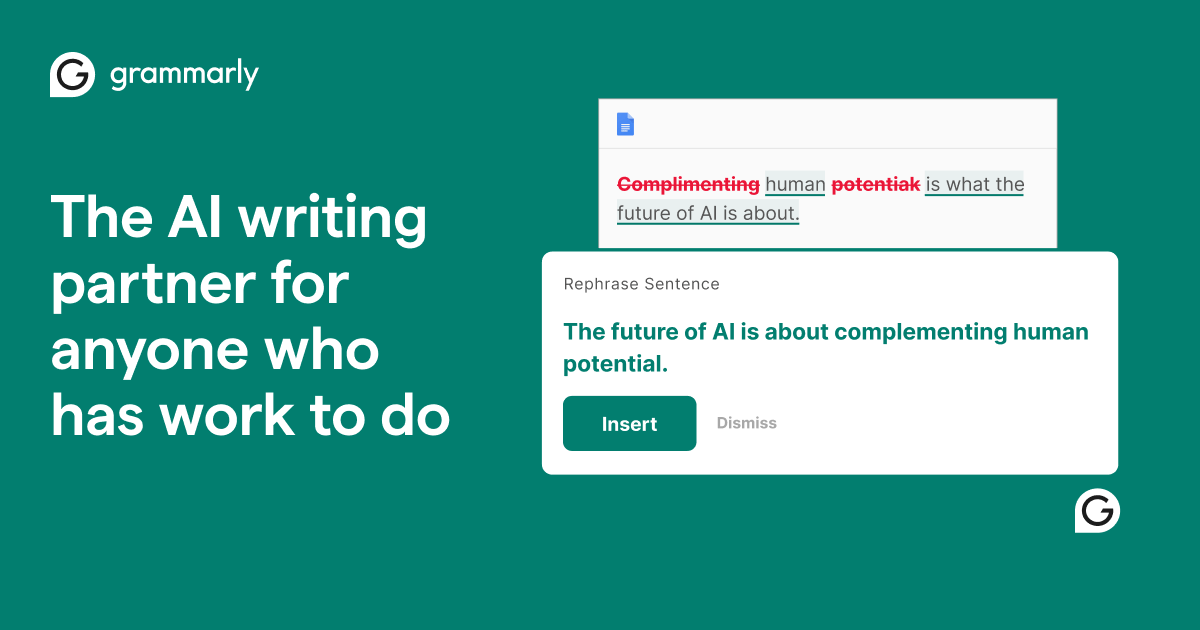
- How it helps: It offers real-time feedback on grammar, punctuation, spelling, clarity, engagement, and delivery. Its browser extension integrates seamlessly with Google Docs, Gmail, and most text boxes, making it omnipresent in your digital work.
- Key Features: Its Tone Detector is invaluable for ensuring your email to a professor sounds respectful and your persuasive essay hits the right note. Its Plagiarism Checker (a premium feature) compares your text against billions of web pages to ensure originality.
- Best for: Every student, for everyday writing tasks across all platforms.
Top 5 Free AI Tools for Content Creation in 2025
2. QuillBot: The Master of Paraphrasing and Summarization
When you need to rewrite a sentence for better flow or condense a long source into a snappy summary, QuillBot is your go-to tool.
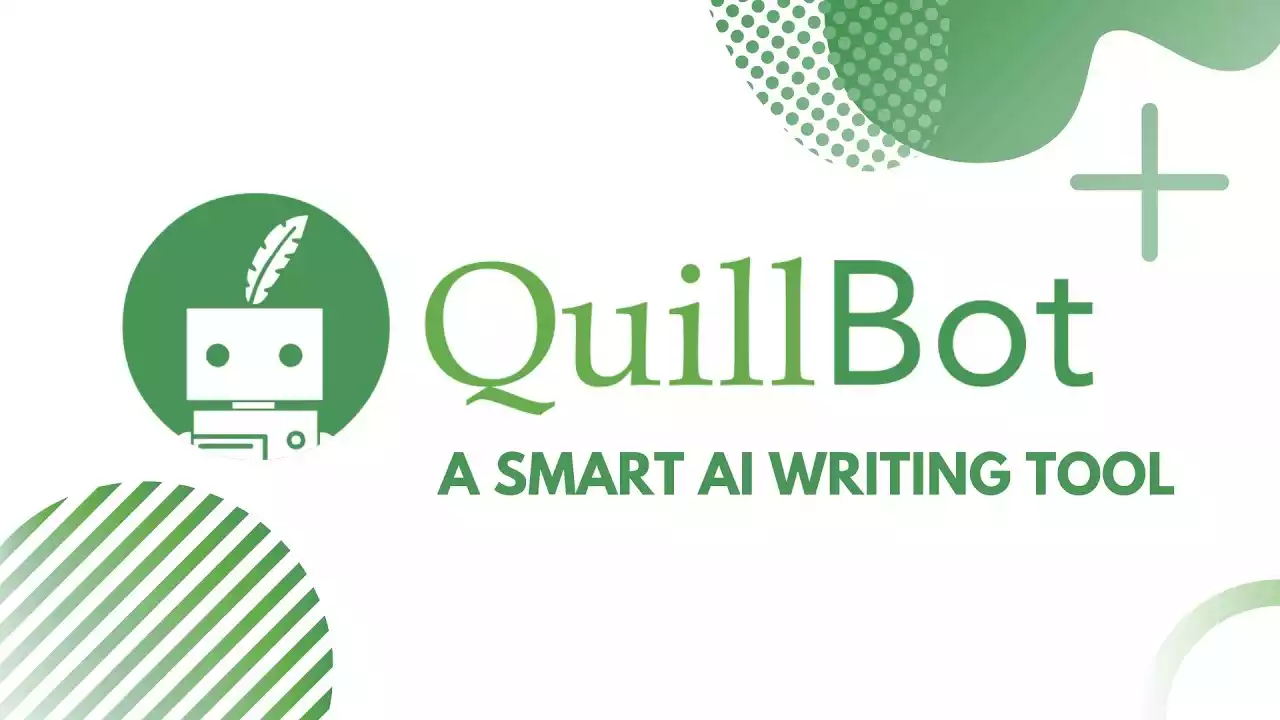
- How it helps: Its AI-powered Paraphrasing tool offers multiple modes (Standard, Fluency, Formal, Simple, etc.) so you can adjust the tone perfectly. Its Summarizer can extract key points from articles and reports in seconds.
- Key Features: The Co-Writer interface combines the paraphrasing tool, grammar checker, and citation generator in one place. It’s brilliant for avoiding repetition and improving sentence variety.
- Best for: Rewriting and condensing research material, and improving word choice at the sentence level.
7 Best AI Automation Tools to Grow Your Business 10X in 2025 — No Staff, No Code.
3. Jasper: The AI Content Creator for Brainstorming
While Jasper is often used by marketers, it’s a powerful tool for students struggling with the initial stages of writing.
- How it helps: It can generate ideas, create detailed outlines, and even write introductory paragraphs based on a simple prompt. If you’re staring at a blank page, Jasper can help you fill it with a structured starting point.
- Key Features: Use the “Blog Post Outline” template to structure an essay, or the “Content Summarizer” to quickly grasp complex text. Its Long-Form Document Editor allows you to write alongside the AI.
- Best for: Beating writer’s block, creating initial drafts and outlines for complex papers.
4. Copy.ai: Your Creative Writing Companion
Similar to Jasper, Copy.ai excels at generating creative and structured text with minimal input. It’s particularly useful for tasks that require a quick burst of creativity.
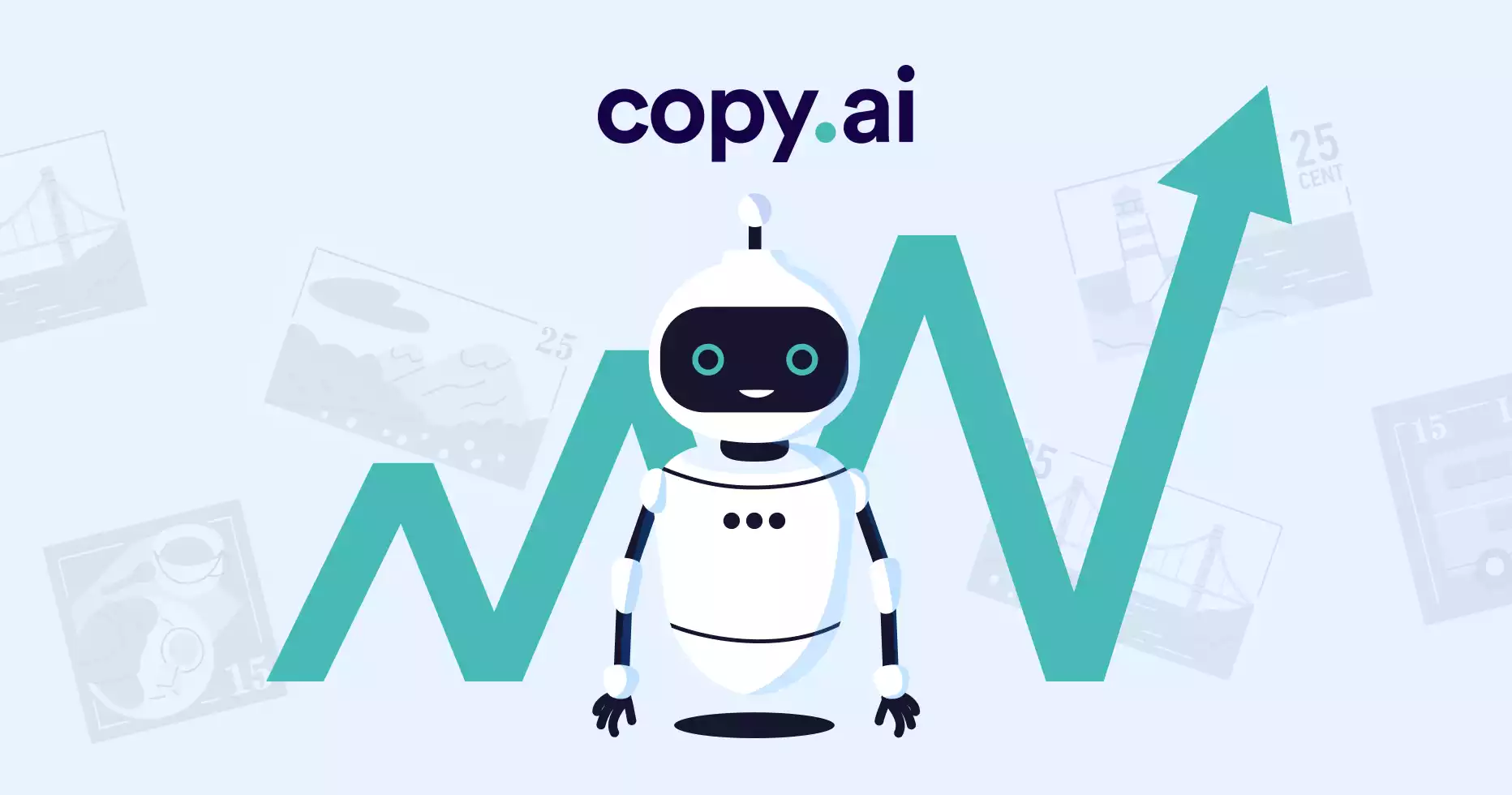
- How it helps: Its “Brainstorming” tools can help you develop thesis statements or find unique angles for your assignment. The “Welcome Email” template can even be repurposed to draft a catchy introduction for your essay.
- Key Features: The Free Plan is quite generous, offering a great starting point for students. Its interface is intuitive and designed for fast, iterative creation.
- Best for: Creative writing assignments, brainstorming on thesis statements, and quickly generating multiple ideas.
5. Wordtune: The Intent-Aware Rewriter
Wordtune stands out because it focuses on rewriting sentences while keeping your original meaning intact. It’s like an editor looking over your shoulder, suggesting different ways to phrase your point.
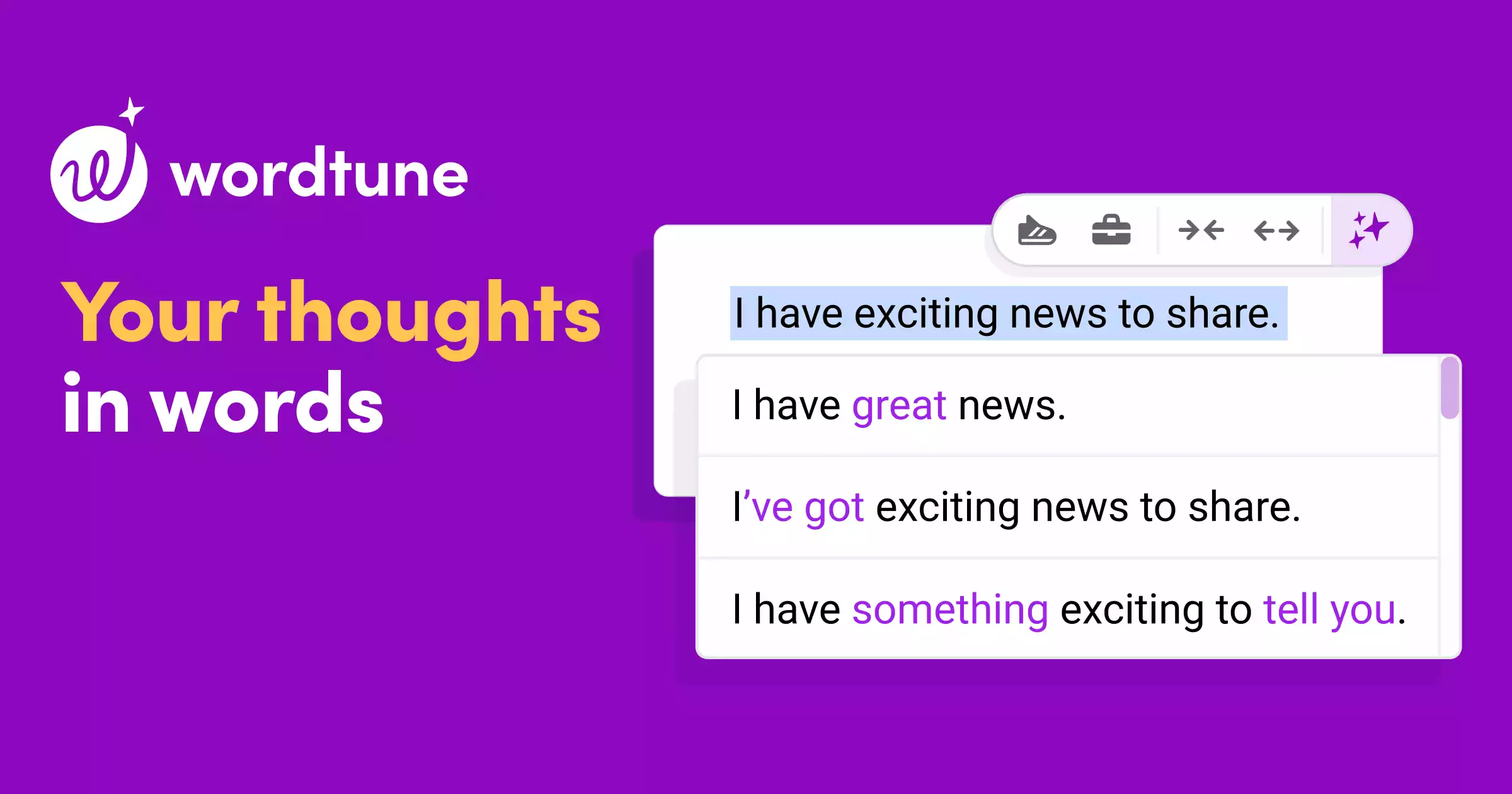
- How it helps: It provides multiple rewrites for any sentence you highlight, ranging from more formal to more casual. This helps you find the most precise and impactful way to communicate your thought.
- Key Features: The “Spices” feature can add examples, counterarguments, or explanations to your sentences with a single click, deepening your analysis on the fly.
- Best for: Polishing sentence clarity, improving word choice, and expanding on ideas within a paragraph.
6. ChatGPT: The Versatile Research and Writing Conversationalist
OpenAI’s ChatGPT needs little introduction. Its power lies in its versatility as a conversational AI.
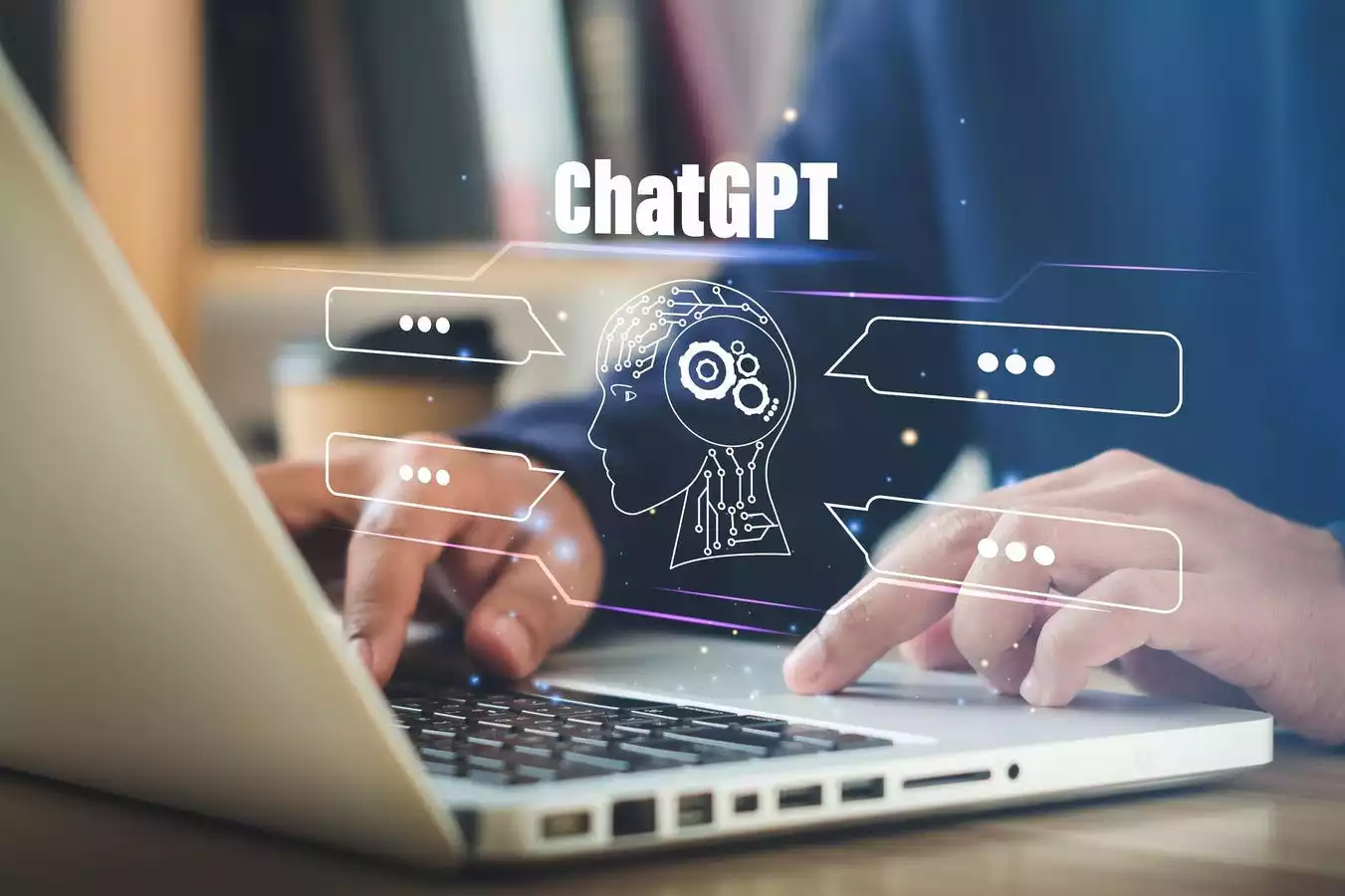
- How it helps: You can use it to explain complex concepts, generate ideas for a topic, create a study schedule, or draft an email. You can ask it to critique your paragraph or suggest a better way to structure an argument.
- Key Features: Its conversational nature allows for a deep, iterative exploration of a topic. It can simulate a debate, helping you strengthen your argument by anticipating counter-arguments.
- Best for: General research, explaining concepts, brainstorming, and getting conversational feedback on ideas. Always verify the facts it provides, as it can sometimes hallucinate information.
7. Jenni.ai: The Academic Writing Specialist
Jenni.ai is an AI built specifically for academic writing, making it an excellent fit for students tackling research papers and essays.
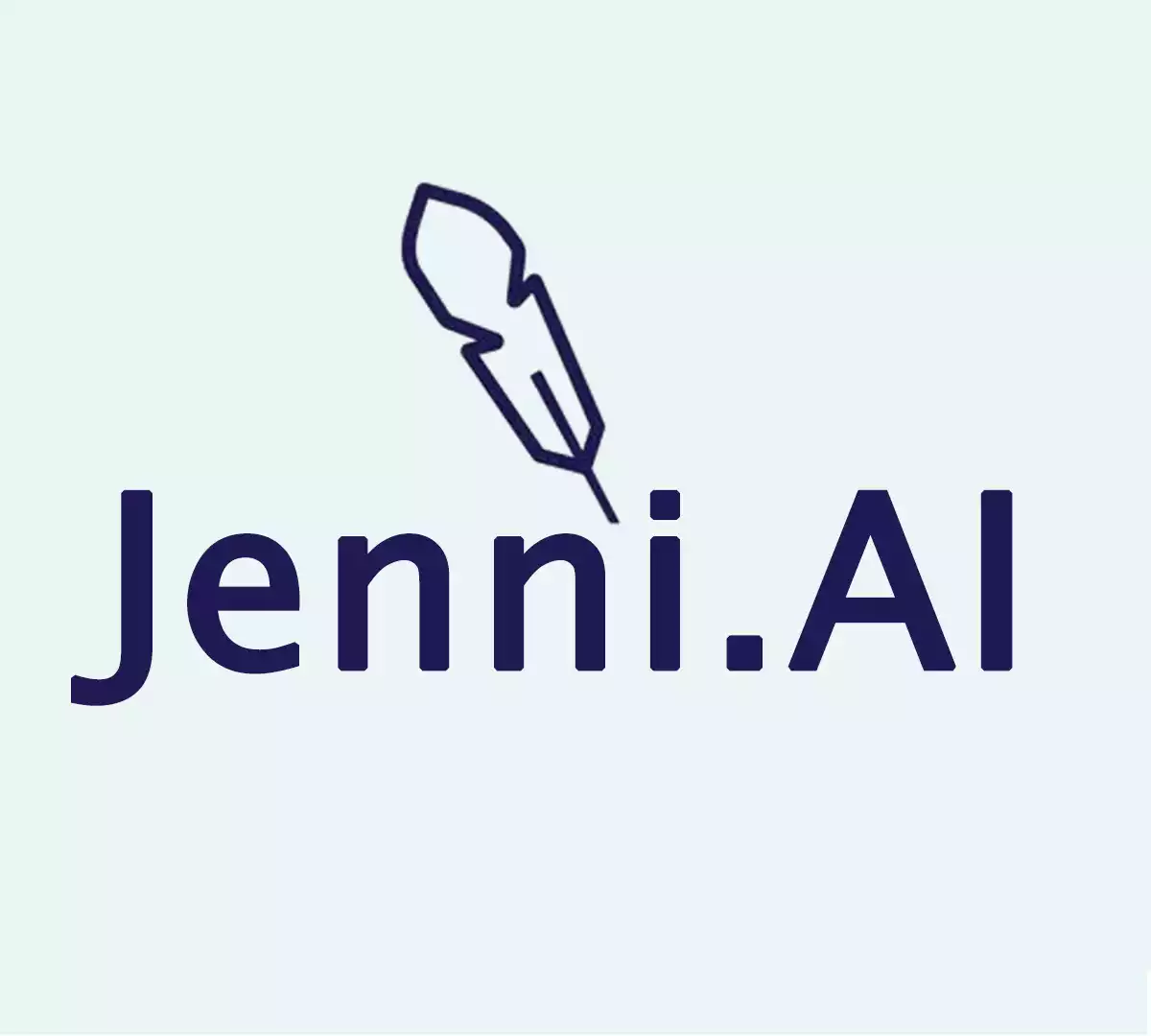
- How it helps: It has an auto-complete function that helps you write faster while maintaining an academic tone. It can also generate content based on your own source material, ensuring relevance.
- Key Features: Built-in citation searching and formatting in APA, MLA, and other styles is a massive time-saver. The “Journal and Research Library” feature helps you find and save relevant academic sources.
- Best for: Long-form academic papers, research proposals, and writing theses with proper academic integrity.
8. Scrivener: The Powerhouse for Long-Form Writing
While not a pure AI tool like the others, Scrivener is an essential writing environment that becomes unbeatable when paired with AI. It’s designed for managing large, complex writing projects.
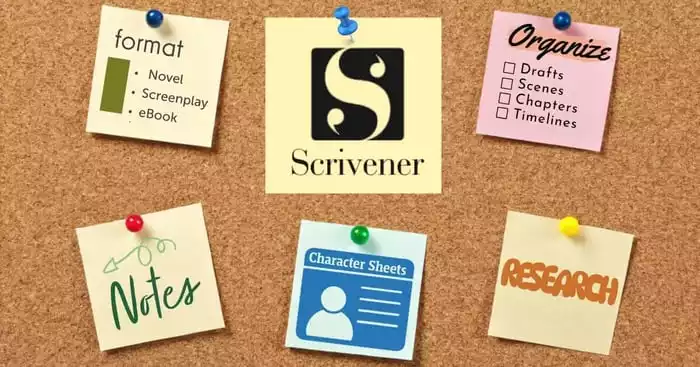
- How it helps: It allows you to break your thesis or long essay into manageable sections, store research within the same file, and use a virtual corkboard for outlining. Using AI tools for each section within Scrivener’s structured environment is a powerful workflow.
- Key Features: Its non-linear writing approach, robust outlining tools, and comprehensive Compile function for exporting to final formats are unmatched.
- Best for: Managing a thesis, dissertation, novel, or any large writing project requiring extensive research and organization.
9. Citethisforme: The Automated Citation Generator
Proper citation is a tedious yet critical part of academic writing. Citethisforme automates this process, saving you hours of painful work and preventing formatting errors.

- How it helps: Just search for a book, journal article, or website, and the tool will automatically generate the citation in your required style (APA, MLA, Chicago, etc.). It also helps you create a fully formatted bibliography.
- Key Features: A browser extension can pull citation data from web pages you are viewing, and the mobile app lets you scan a book’s barcode to create an instant citation.
- Best for: All students, but especially those in citation-heavy fields like social sciences and humanities.
10. Otter.ai: The Lecture Transcriber for Better Notes
Perfect writing often begins with perfect notes. Otter.ai records audio and transcribes it in real-time, turning your lectures and study group meetings into searchable, editable text.
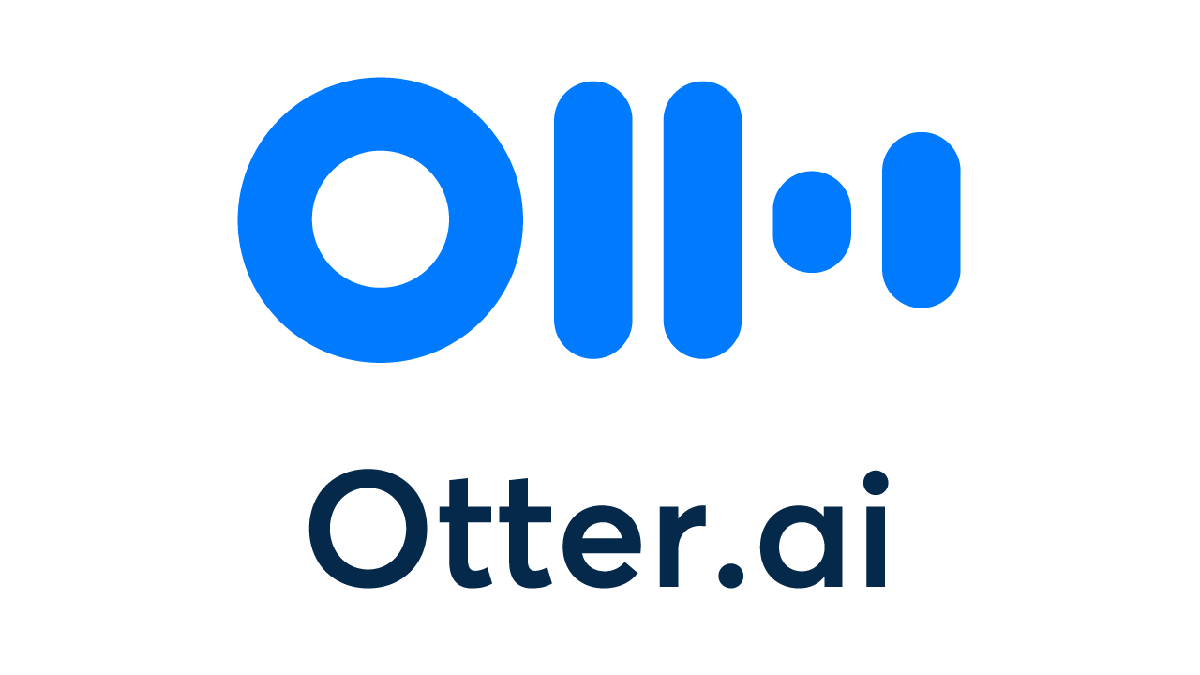
- How it helps: You can focus on understanding the lecture instead of scrambling to take notes. Later, you can review the accurate transcript, highlight key points, and use them as primary sources for your paper.
- Key Features: It identifies different speakers, allows you to add images to your notes, and integrates with Zoom to automatically record and transcribe online classes.
- Best for: Accurately capturing lecture content, creating source material for research papers, and accommodating diverse learning styles.
How to Integrate AI Tools into Your Ethical Writing Workflow
Using these tools effectively requires a strategy. We recommend a three-step process:
- Brainstorming and Outlining Phase: Use Jasper or Copy.ai to overcome initial hurdles and generate a strong outline.
- Drafting and Research Phase: Use Scrivener for organization, Otter.ai for source material, and Citethisforme for managing references. Use ChatGPT for conceptual exploration.
- Polishing and Editing Phase: This is where Grammarly, QuillBot, and Wordtune shine. Use them to refine your draft, correct errors, improve clarity, and ensure originality.
Remember, the goal is to use these tools to amplify your voice and intellect, not to replace them. They are the sharpest pencil in your box, ready to help you write with confidence, clarity, and academic excellence.
Frequently Asked Questions (FAQs)
1. Will these AI tools detect my writing?
No, not if you use them only for editing, grammar correction, or paraphrasing. You shouldn’t write the whole paper with AI. 90% of the content should be yours; AI is just there to help polish that 10%.
2. Which is better for students, ChatGPT or Grammarly?
They have different roles. Grammarly is the king for day-to-day editing and grammar, while ChatGPT is better for research, understanding concepts, and brainstorming initial ideas. Use both together!
3. Can I trust AI tools for citation in a research paper?
Yes, you can trust tools like Citethisforme or Jenni.ai for formatting. However, you should always cross-check to ensure the source information (author’s name, publication date) is correct, as AI sometimes pulls incorrect source data.
4. How does using QuillBot prevent Plagiarism?
QuillBot helps prevent plagiarism by rewriting (paraphrasing) your sentences. Just use the ‘Fluency’ mode and ensure the restructured sentence is distinct from your original source, and that you always cite the original source.
5. Are all these AI tools available for free?
Most of the major tools (Grammarly, QuillBot, Copy.ai) have free basic features that are quite sufficient for students. A free version of ChatGPT is also available. Premium features might require a subscription, but you can get a lot done with the free versions.
21 Best AI Tools जो आपका काम आधा कर देंगे: Time-Saving Productivity Hacks 2025
Top AI Tools Hindi: यूज़र बेस, फायदे और खतरे (Ai Tools Hindi)
AI Video Revolution: 40+ सबसे धांसू AI Video Tools की पूरी लिस्ट

India’s No. #10 Hindi news website – Deshtak.com
(देश और दुनिया की ताज़ा खबरें सबसे पहले पढ़ें Deshtak.com पर , आप हमें Facebook, Twitter, Instagram , LinkedIn और Youtube पर फ़ॉलो करे)













